
15 minute read
Great Reads
Brought to you by Nicole and the team at Great Escape Books
Once There Were Wolves
Advertisement
by Charlotte McConaghy (Australian)
This is the much anticipated second novel from author of The Last Migration, which I rated as my book of the year for 2020. In Once There Were Wolves, McConaghy has avoided the dreaded second book syndrome and delivered another superb read. Inti Flynn is the leader of a team of biologists reintroducing wolves to the Highlands of Scotland. By rewilding the forests, the hope is that nature can achieve the balance it needs for the land to heal itself. Inty brings her broken silent twin sister, Aggie, hoping she can heal her too. There is resistance from all quarters though, leading to unimaginable consequences. McConaghy is a wildly imaginative writer who has stamped her place on the Australian literary scene. When you are reading both her books, you genuinely feel that you have made a discovery. If you are looking for a book that you can truly immerse yourself in and revel in the joy of great writing, Once There Were Wolves is it.
Review by Marty (Nic's partner) @ Great Escape Books
When The Stars Go Dark by Paula McLain (USA)
Author of The Paris Wife, Paula McLain has turned her hand to crime and lucky for us she has produced this brilliant story. Anna is a detective specialising in missing children and is very successful and driven, despite the cost to her life and relationships. Exhausted, she takes a break in a cabin in her childhood home (ghosts and all). She is drawn unofficially into helping her friend, the local sheriff in a missing-girl case. They tie several cold cases together on a roller coaster ride. The danger is very close to home and there are some heartstopping near misses, complex but not enough to slow things down right to the dramatic end. Slick and fast tracked, this a satisfying read and McLain has nailed the crime genre. Can’t wait for more from this award-winning author.
Review by Sue @ Great Escape Books
by Nathan Harris (USA) — Booker Prize Longlist 2021
The country is in chaos. The Civil War between North and South has just resulted in the African-American slaves being freed. Plantation owners are bitter at the loss of labour and freed slaves are starving and homeless. Into this backdrop of the first days of freedom, we meet brothers Landry and Prentiss. Hiding out in the dense forest abutting their former plantation, they spend their days scavenging for food and shelter, when they come to the notice of George Walker, a neighbouring farmer reeling from the recent loss of his son in the civil war. He convinces the brothers to reside on his land as free men and help him rekindle the lifeblood of the neglected farm. But not all in the township take kindly to his enlightened views, and there is trouble brewing closer to home. Tender and beautiful, this is a stunning story of empathy, of human capacity for forgiveness and the great will to live. Five stars, an outstanding read. Review by Nicole @ Great Escape Books
So You Think You Know What’s Good For You?
by Dr Norman Swan (Australian)
Dr Norman Swan believes we are all at risk of ‘knowing more and more about less and less’. In this no-nonsense book about health, he bypasses wellness trends and sticks to the science. During the COVID-19 pandemic, many turned to Dr Swan for simple, honest guidance when surrounded by hype and hysteria. This book is his response to a population overwhelmed by too much information regarding what’s good for you and what’s not. So You Think You Know What’s Good For You? explores the science behind a healthy diet, chronic and degenerative diseases, mental health issues, sleep, sex, and relationships, and the economics and politics surrounding public health. The overarching theme is that it’s better to look at health as a big picture rather than obsess over individual aspects. He encourages us not to think too much about nutrients and calories, but instead enjoy a home-cooked meal with loved ones, as social connectedness is just as important for good overall health. An accessible read with a good bit of wit and humour added in along the way. A great common-sense guide to health for all. Review by Belinda @ Great Escape Books
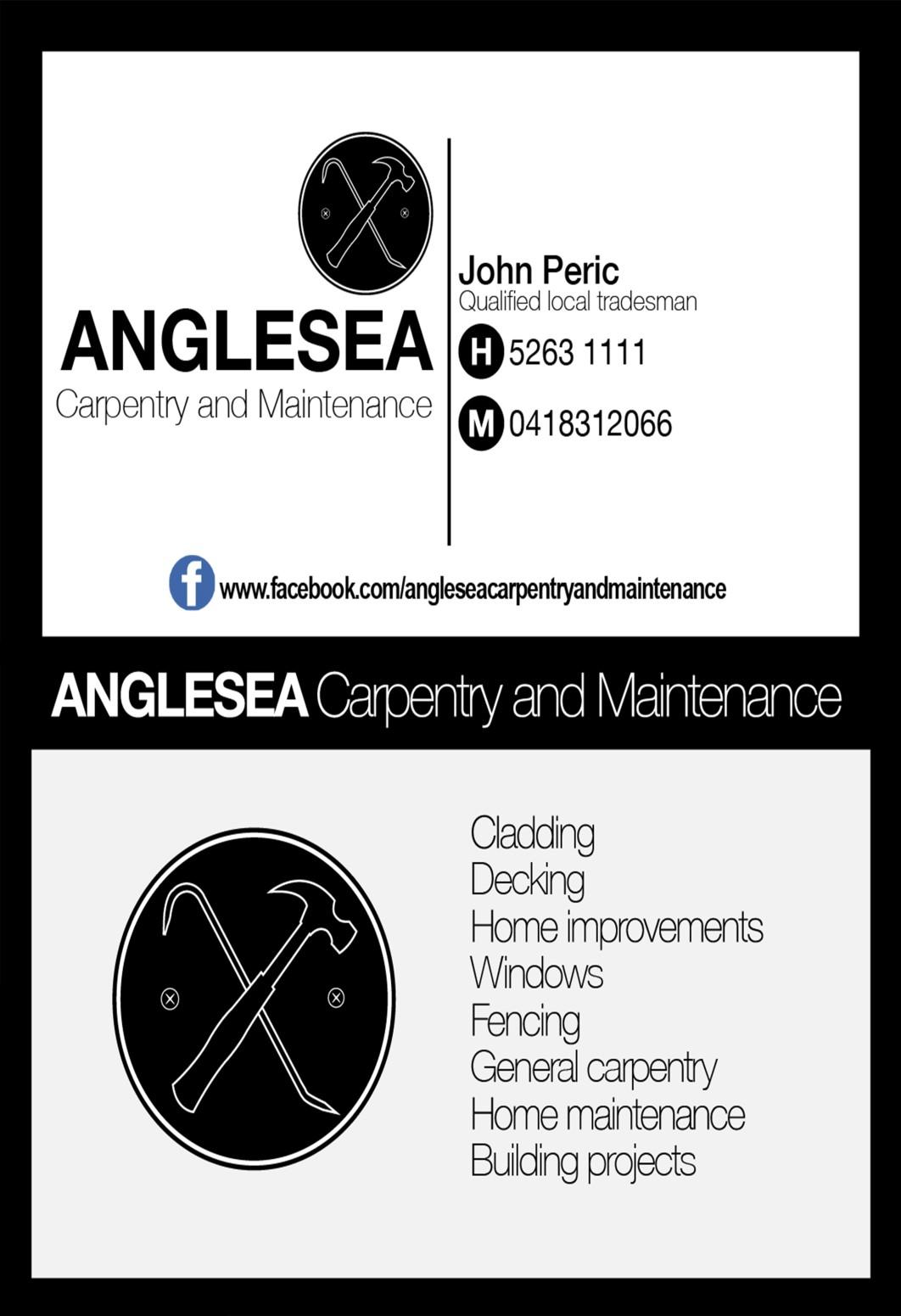

By Chris Dos A JOY FLIGHT INTO SPACE
A month or so ago, the richest man on the planet, gazillionaire Jeff Bezos, blasted off in his rather phallic shaped rocket ship ‘New Shepard’ from a private launching pad in Texas.
He and his crew travelled over 100 kilometres into the air, well past the arbitrary line at which space starts. Unless you count somersaults as a form of research, no scientific experiments were done, making it probably the most expensive folly, sorry, joy flight in the history of humanity.
He took his brother (at his mum’s insistence I would think) and the son of some wealthy financier.
For balance, he also took a proper astronaut who was the equal of any other rocketeer back in the day but had never blasted off before. It seems they thought at the time SHE didn’t have ‘The Right Stuff’, whatever that might be.*
Upon landing, Mr Bezos emerged from the craft looking like JR Ewing (‘Some people call me the space cowboy…’) which the internet quite rightly had a field day with. Maybe he was nodding to the conspiracy theory that the pantomime-evil oil baron and the guy who went into space only to crash land on a beach and find a genie in a bottle were actually the same person? Who knows.
Anyway, it turns out there was a very important environmental reason for all this. According to Jeff, heavy polluting industry needs to be moved into space to keep Earth the beautiful gem that it is.
This wisdom cost only about 300 times the carbon footprint of a plane flight. He then sort of thanked his Amazon customers for paying him the mountains of money that made it all possible.
It seems the irony that it’s the landfill he sells that will eventually bury our little gem and all of us too, was lost like so much space junk.
*The documentary about the gloriously named Wally Funk is called ‘Mercury 13’.

HISTORY SPOT Where does Anglesea’s histor y star t?
By Jan Morris, Anglesea and District Historical Society
Kuarka Dorla is what the First Nations Australians call Anglesea, which is part of Wadawurrung Country. They knew this as the place to get lobsters and other shellfish.
The summer was not their favourite time to come to Kuarka Dorla because there was very little shade, and fresh water was only available after rain. However, the remains of their middens show us that the rocks along the coast, especially Point Roadknight, were where they caught and cooked the rock lobsters and other shell fish.
Aireys Inlet, or Mangowak as the Wadawurrung call it, was much more attractive. William Buckley tells us fish and lobsters were plentiful there too, but there were also many shrubs with edible fruit and fresh water springs. The larger trees and the caves along the beach provided shelter. Mangowak was a good place to be and they frequented it more often.
We have no recorded Anglesea history before British settlement came here. We would love to know more detail of how First Australians lived here, but unfortunately their stories are largely lost.
We do have the tales of William Buckley, who lived with the Wadawurrung for 32 years, and the observations of some early whalers, but we have very little knowledge of Indigenous land. We have heard of the terrible treatment Indigenous people received from many early landowners, but they were not all like that.
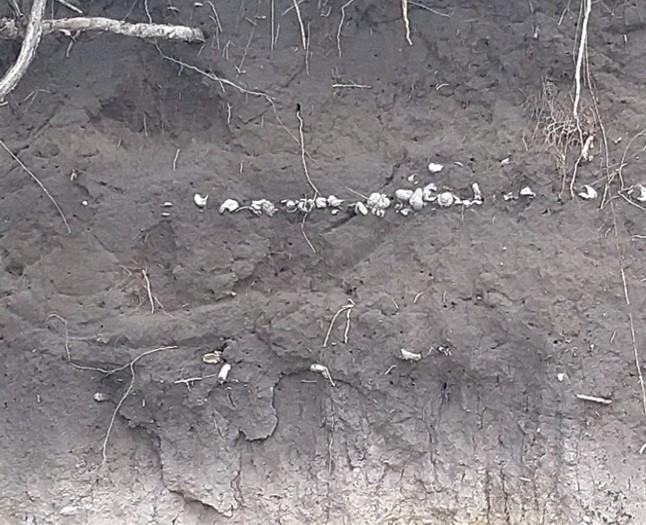
Shell remains in middens at Point Roadknight. Photo credit: Marilyn Wendt
Dr Fred Cahir, an Associate Professor in Aboriginal History at Federation University, has researched the records of early station owners and he paints a balanced picture in his book M y Country All Gone, the White Men Have Stolen It: the invasion of Wadawurrung Country, 1800-1870. Do you want to understand the truth about the relationships between the two cultures in those early years of settlement in our part of the country? Come and hear Fred Cahir in the function room of the Anglesea Hotel, while enjoying a two-course dinner and coffee. Costing $50, the event starts at 6.30pm on Saturday 2 October.
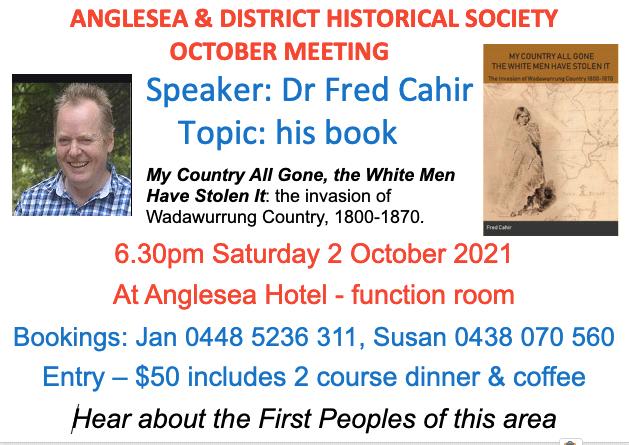
Tickets are available from Jan Morris 0448 526 311, Susan Clarke 0438 070 560 or Karl Jacklin 0412 619 219. Preserving local history
Over 50 years ago, Keith Cecil, Arthur Bubb, Joan Murch and others saw the need to preserve the history of Anglesea and district, so the Anglesea and District Historical Society Inc. was formed in 1980.
In 1986, the Council allowed the society to move into a house they owned in the community precinct and this became History House.
We couldn’t celebrate our 50th birthday last year because of COVID. But we do honour the foresight of the first Historical Society members and many others, who over the past years have collected and preserved artefacts, photos and documents and recorded our history.
It is now our responsibility to preserve history and to tell the stories and keep the records of today. The Anglesea and District Historical Society promotes the history of the area through ‘infotainment’, informing and entertaining, using meetings, and outings to places of historical interest.
We also have small working groups that meet to record and catalogue information. This is a never-ending job and we need help. If you can spare a couple of hours a week to help while you learn about the history of Anglesea and district, then contact us through Facebook or email us at: anghisthouse@gmail.com
You will be made most welcome. Or if you would like to join for our historical meetings and outings, just go to our website and you will find a membership form. Members get preference for all activities but visitors are always welcome home.vicnet.net.au/~angen/ member.htm

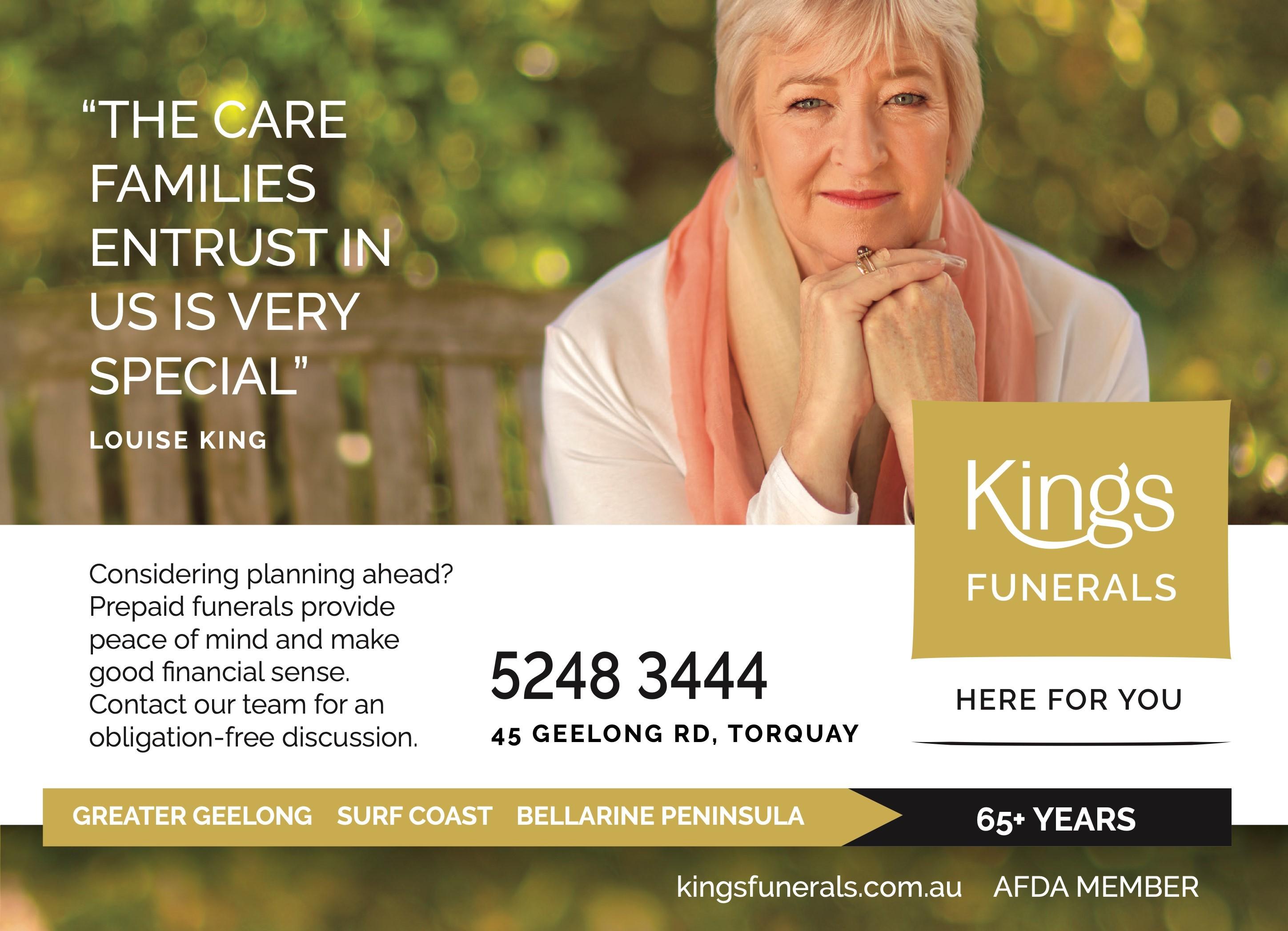
Written and illustrated by Kaye Traynor
Spotted Pardalote
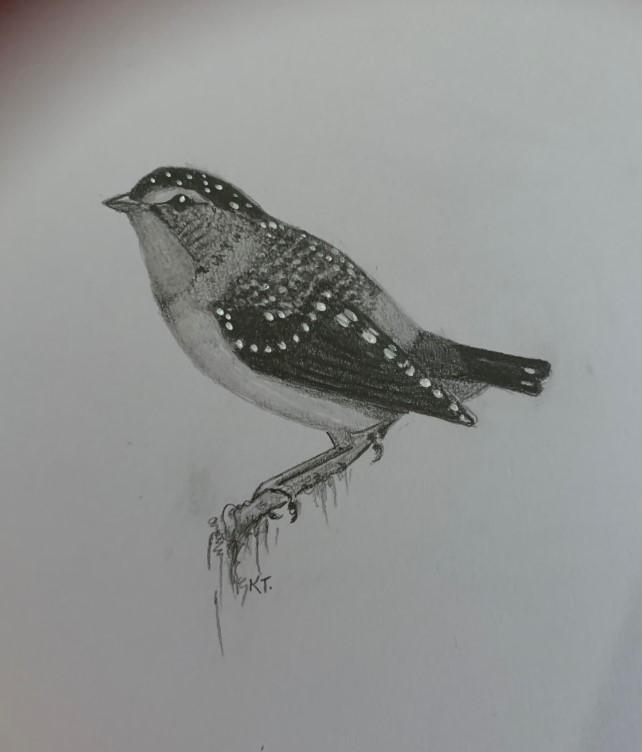
Pardalotus punctatus
Wing 53-60mm Bill 6-9mm Wt. 6-12g Of the five species of Pardalotes, the Spotted Pardalote is the most colourful. In our area, two species can be found – the Spotted and the Striated Pardalote. They are sometimes referred to as diamond birds.
Found only in Australia, they occur in the south-east and east of the continent, from Adelaide up to Cooktown region, also Tasmania, and the south-west corner of Western Australia. Their habitat can be coastal eucalypt forests and woodlands, parks and gardens and in dry open forests close to river systems. The Spotted Pardalote is the most striking of the five species. Males are black on the forehead, crown, wings and tail but all these are strongly spotted with white. An obvious white eyebrow extends from the bill over the eye. Their back is grey-brown and heavily spotted with a rich buff. They have a chestnut brown rump with crimson on the uppertail base, and sides of face and neck are grey, finely flecked with black. The chin, throat and undertail are bright yellow and the underparts between are buff. The tail and bill is black.
Females are duller in appearance with a yellowish-buff crown spotting and the eyes are brown buff and less distinct. The chin and throat are a dull white. Immature birds resemble females but are duller, particularly on the crown with an indistinct eyebrow. Spotted Pardalotes are usually found in tree canopy foliage where they forage for insects. During breeding season they occur singly or in pairs, but in autumn/winter they will form flocks of up to 100 birds. Nesting season is from August to March. A tunnel is excavated into a bank of a river, roadside or cliff. The tunnel is approximately 40 to 60cm long with a nest chamber built with bark and grasses where three to four white, oval eggs are laid. Spotted Pardalotes are fairly common, but so often unseen within the dense foliage. They are quite beautiful and always a delight when observed in our gardens and surrounding bushland.
Ref: The Australian Bird Guide - Peter Menkhorst, Danny Rogers, Rohan Clarke, Jeff Davies, Peter Marsack, Kim Franklin
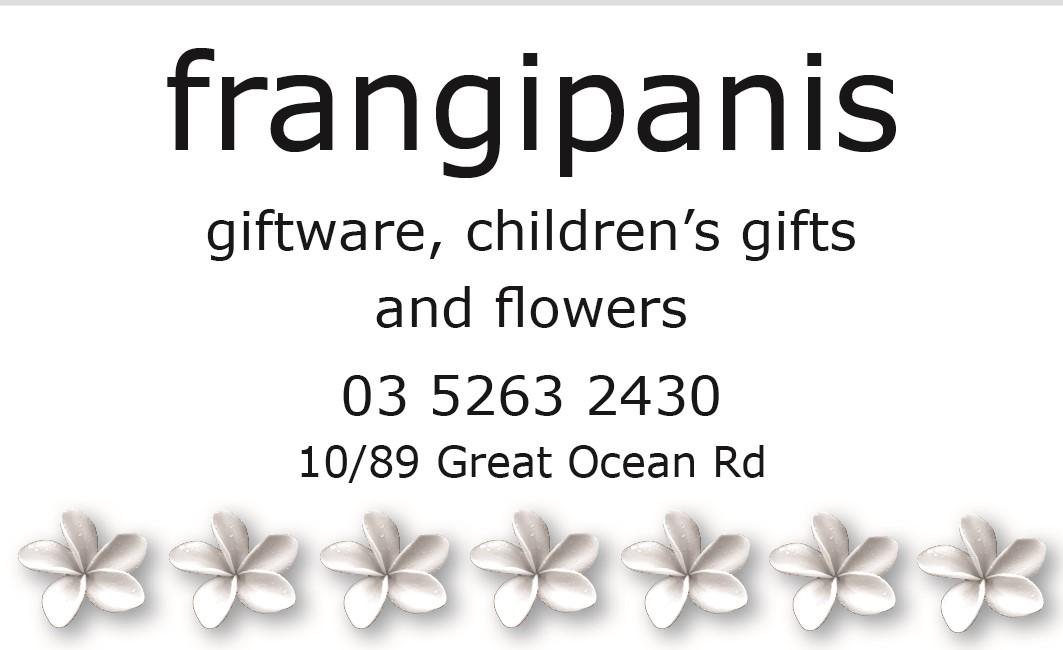

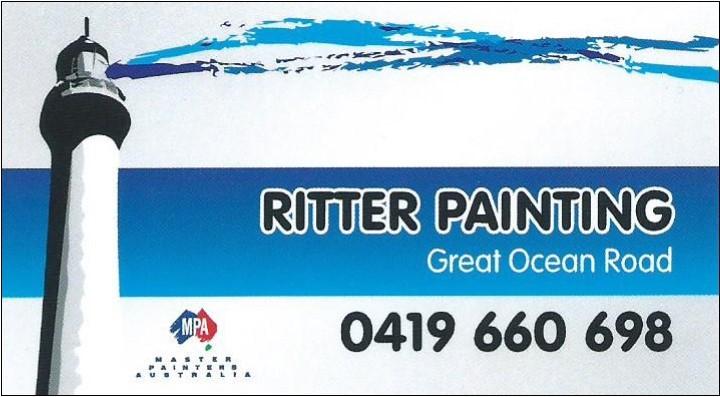
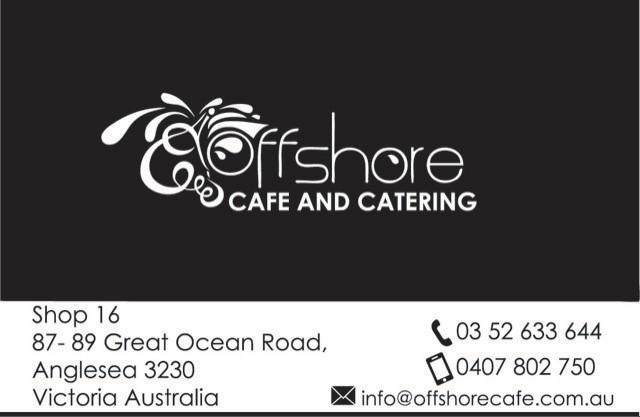


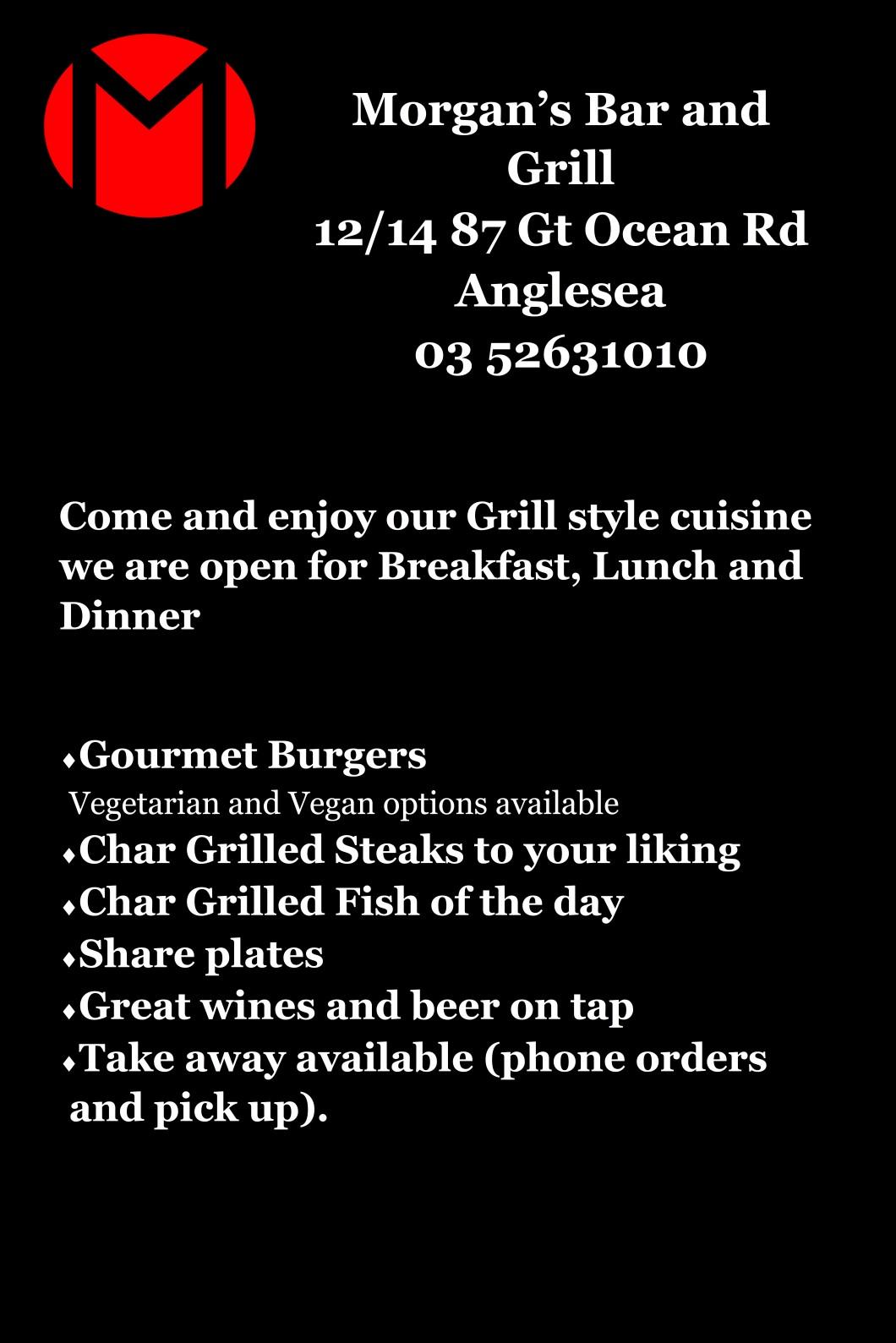

By Councillor Mike Bodsworth, Anglesea Ward Tough decision on bike park
I’m writing this a few days after a council meeting where we voted to not proceed with a small proposed bike park at Ocean Acres on the edge of Torquay.
Disappointing people is an unfortunate fact of life as a councillor, and having campaigned for many years to save Anglesea Bike Park and expand mountain biking opportunities on the Surf Coast, I felt like a hypocrite.
The proposal came about through concerns surrounding unsanctioned bike jumps, and a letter from a young local rider who argued that a properly built and managed facility would be a better way to go.
In the end, my heart said ‘yes’ but my head said ‘no’. We decided that a jump track of the size and scope proposed, in that location, didn’t have a big enough chance of success to warrant going ahead. The money will be allocated to improving an existing bike park in Jan Juc instead.
I have a particular passion for the subject, from both a ‘lived experience’ perspective and a more academic one. I’ve been an avid mountain biker for 30 years and am a bit of a thrill seeker, particularly in nature. I also based my Master of Landscape Architecture research in 1994 on thrill-seeking recreation: arguing that, while cities and towns offer lots of parks and open spaces for people who seek relaxation in their leisure time, there aren’t many places for people who seek excitement.
While numbers of excitement-versusrelaxation-seekers are not well researched, there’s no doubt that a lot of people find daily work, school and ‘home duty’ routines a bit boring and want to fire up in their free time, not calm down.
I see mountain biking as a classic ‘recreation for excitement’ activity. In fact, I see the Anglesea district as a perfect recreational setting because it naturally offers a wide spectrum of opportunities, from very relaxing to very exciting – a podcast on the beach for dad, for example, and an enthralling mountain bike ride through the bush for mum. Great for us locals, but great for visitors and our visitor economy too.
It’s part of why I question the ‘Anglesea Futures’ (DELWP, 2018) call for a Major Tourist Attraction and am wary of the Eden Project proposal. I think Anglesea has a unique natural appeal that’s unlikely to be enhanced by big tourist developments. I think Anglesea already calls out to people, with its own unique voice, and it’s awesome enough already.
Finally, can I just say that in our family we’re finding each COVID lockdown more painful than the last, even if we’re relatively fortunate. There are so many people doing it tough and not seeing the light at the end of the tunnel. If you’re struggling or you’re worried about someone, call a helpline like Beyond Blue, Lifeline, or Kids Help Line.
If you’d like to contact me about any of the above, or anything else councilrelated, please email me at mbodsworth@surfcoast.vic.gov.au or phone me on 0427 337 558.
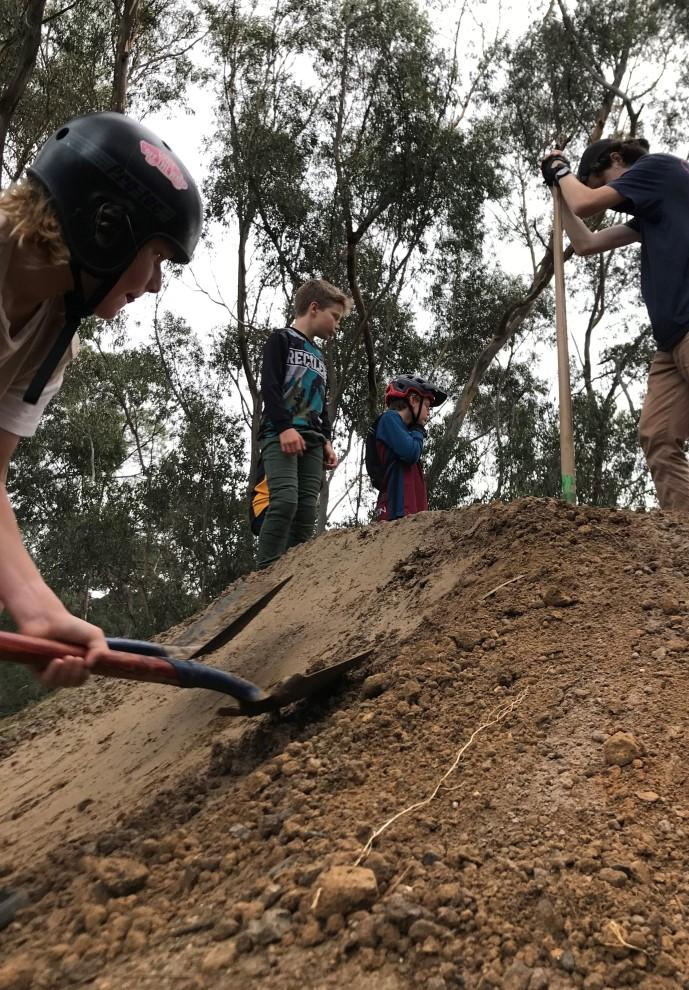
By Tony Revell Anglesea CFA Community Engagement
It’s time to start preparing property for the fire season
With warmer weather here, Anglesea CFA is preparing for the coming fire season. Pre-summer activities are commencing within our Brigade and include equipment testing and upgrades, and reviewing and practising firefighting procedures. With many of us spending more of our time within Anglesea, now is the right time to start your own preparations. While we are doing all we can to make our town as safe as possible, we also encourage residents to take the time to reduce the risk to their property. There are three main reasons houses burn down during fires: embers, heat and flame. Many of the trees around Anglesea have bark that is prone to extensive spotting in the event of a fire, so even if the fire front is some distance from the town, significant ember attack is possible. There are several things you can do to lessen the impact of ember attack, reduce the risk of fire getting inside your house and reduce flame and heat near your house. Keep grass cut to less than 10 cm. Keep woodpiles away from house. Remove flammable items from decks and verandas, such as boxes, furniture and doormats. Store flammable liquids away from house. Keep gutters clear of leaf litter. Get rid of dry grass, leaves, twigs and loose bark. Cut back overhanging branches near buildings. Do not have large shrubs next to or under windows. Prune lower branches of shrubs to separate from surface fuels underneath.
More information on preparing your property is available at: www.cfa.vic.gov.au/plan-prepare










